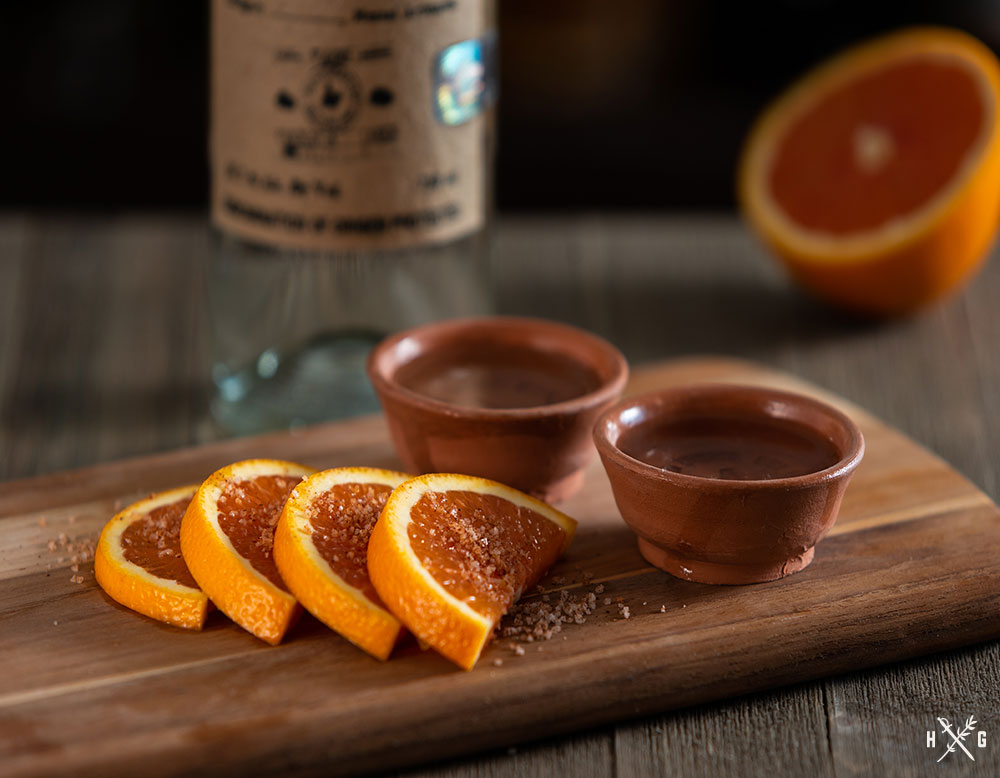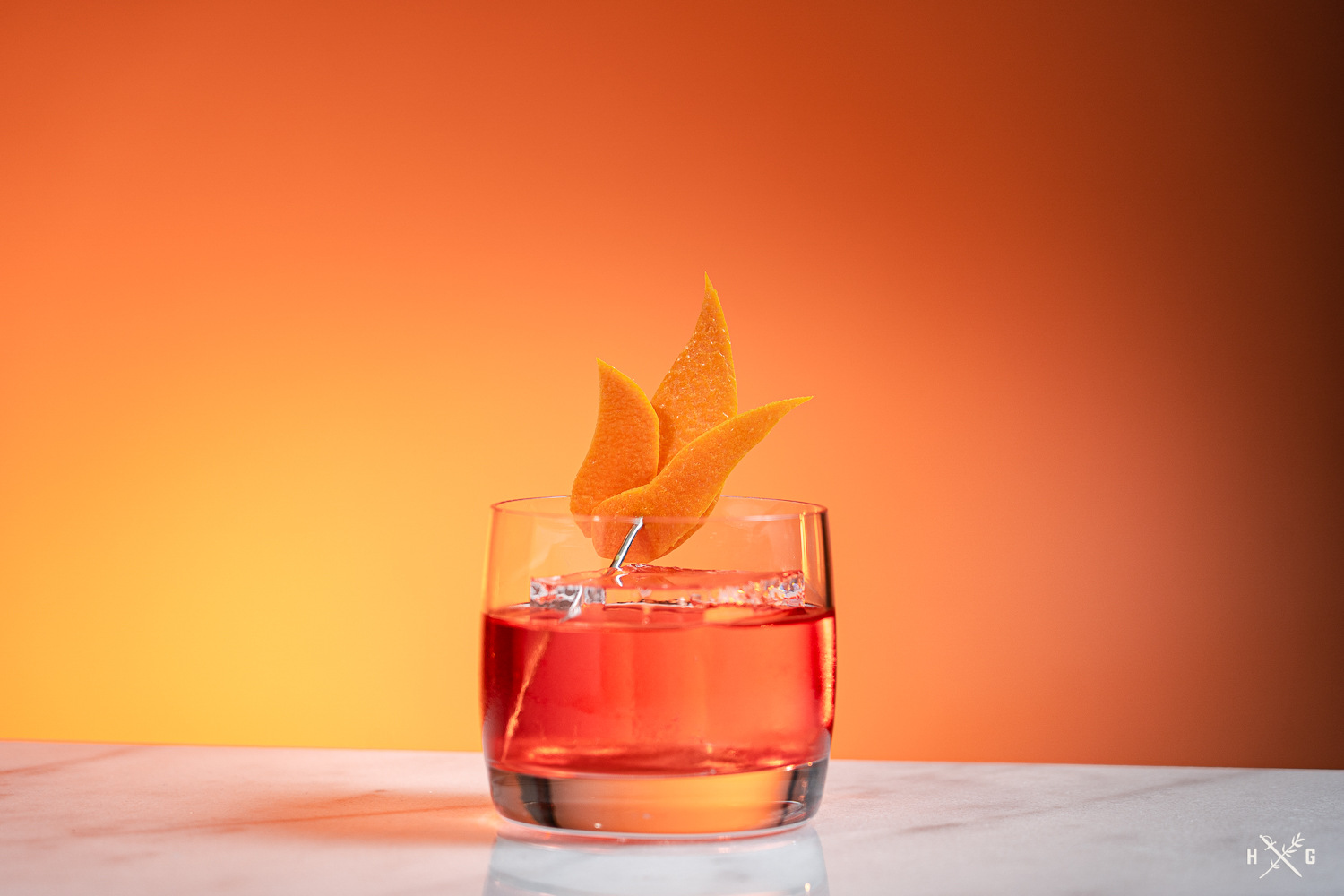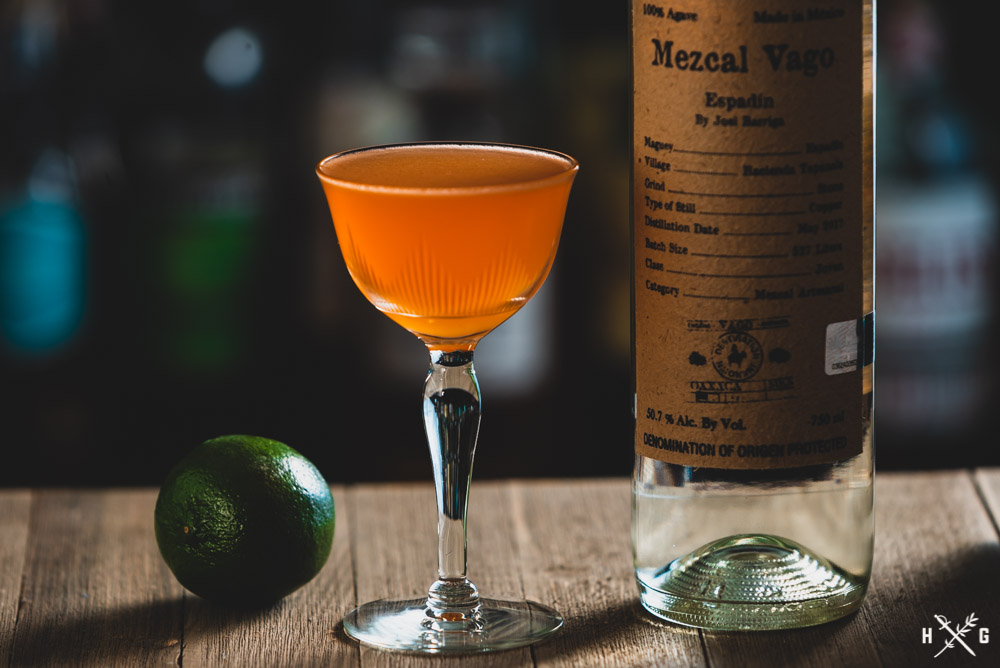Agave activism is necessity
“Take a shot with me!” he exclaims.
I grit my teeth, muster a smile, and oblige. Shots aren’t my preference, but I can’t bring myself to say no to the owner of the bar. I take the shot, and it burns like fire as the flavor of smoke lingers on my palate.
This was my hasty introduction to mezcal roughly four years ago. The current and sudden rise of the spirit’s popularity is not unlike the onset of flavors I experienced that night—unexpected and beyond the point of return. But sudden popularity is not without its pitfalls.
Mezcal is a broad category of agave spirits that includes tequila. The primary distinction between mezcal and tequila is that tequila must be made of 100 percent blue agave, whereas mezcal can contain any of the dozens of agaves, predominantly those grown near Oaxaca, Mexico.
The secondary difference is in the processing methods—mexcalmetl (the Aztec word for “oven-roasted agave”) is the method to which mezcal attributes its namesake. The process involves harvesting mature agave plants by cutting off their succulent leaves to reveal the inner heart, known as the piña. The piñas are roasted, crushed, fermented, and then distilled.
Craft cocktail culture has boosted interest in once esoteric spirits, and mezcal is the latest to hit the mainstream. It was only a matter of time before big alcohol brands descended upon small village farmers, seeking to increase production and maximize profits. But agave plants take anywhere from seven to 15 years to reach maturity and do not regrow once harvested.
One shortcut has been to take advantage of Blue Weber and Espadín agaves’ abilities to reproduce from cuttings. The downside to this method is that it decreases biodiversity, meaning that a single strain of blight could potentially wipe out massive amounts of agave.
Additionally, allowing the agave plants to reach maturity and sprout their quiote (the flowering stem) is not only critical to the plant’s reproduction, it’s necessary to feed the migratory bats that pass through Oaxaca. As these bats feed, they cross-pollinate the agave, thus increasing biodiversity.
Agave’s piña is the heart of a delicately balanced ecosystem.
Many producers have recognized the urgency of implementing sustainable practices in order to preserve the future of all agave spirits. The producers of Mezcal Vago are tackling these issues by planting three new plants for every one plant they harvest. They even recycle the leftover agave fiber into the naturally-dyed paper used for their labels.
For mezcal, sustainability is not a buzzword injected into conversation by the marketing department. It’s the only hope that agave will endure for generations to come. Ultimately, the future of agave is in the hands of the consumer, who has the ability to choose brands invested in sustainability. As for me, I’ve learned that mezcal is to be savored, not shot—and I have adopted a phrase from the well-known mezcaleria, Insitu: “Para consumo sacro, todo exceso es profane.” For sacred consumption, all excess is profane.
(This article was originally published in the April 2018 B Issue of The Tulsa Voice.)
I created The Humble Garnish because I’m passionate about cocktails. Occasionally, I am provided with products for review or other perks. Many product links on this site are affiliate links that give me a very small kickback, and costs the buyer nothing extra. For example, as an Amazon Associate, I earn from qualifying purchases after a link leading to Amazon is clicked. Other links may earn me affiliate commissions as well. This helps offset the cost of creating content for the site – things like camera gear, software, alcohol, glassware. I have at times accepted and at other times declined free products. I promote what I love and use, and rarely will write about a product that I don’t appreciate or own. If I don’t like a product or service, I often simply choose not to write about it.
– Andrew



